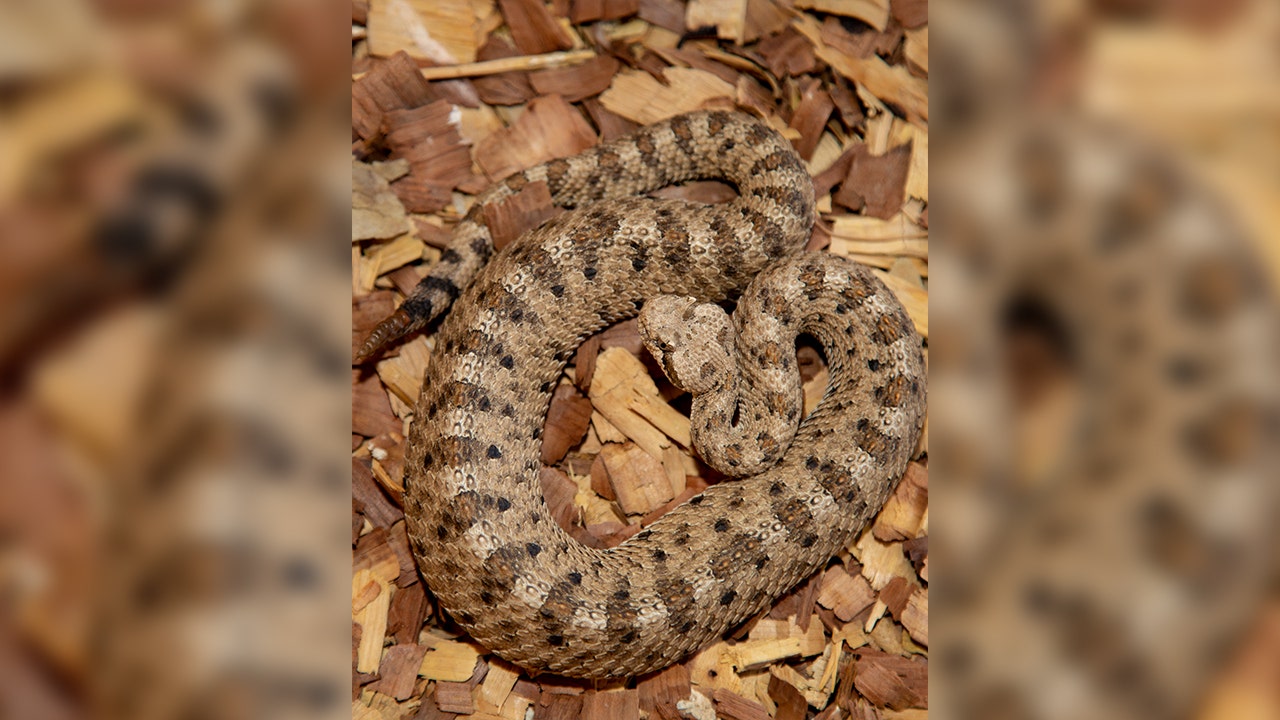Fangs First: Banner Health Treats Valley's Initial Rattlesnake Victim of 2025

In an unusual early-season incident, a resident from Eloy has become Banner Health's first rattlesnake bite patient of 2025. Healthcare officials are highlighting the rarity of such a venomous encounter so early in the year.
The unexpected case serves as a stark reminder that wildlife can pose unexpected risks, even during the cooler months. While rattlesnake bites typically become more common during warmer seasons, this incident underscores the importance of remaining vigilant and cautious in areas known for reptilian inhabitants.
Banner Health representatives noted that receiving a rattlesnake bite case at this time of year is quite uncommon, suggesting that this particular incident stands out from typical medical patterns. The patient's condition and specific details of the encounter have not been disclosed, maintaining patient privacy while drawing attention to potential wildlife hazards.
Residents and visitors to areas with known snake populations are advised to remain alert, wear appropriate protective clothing, and exercise caution when exploring outdoor environments, especially in regions like Arizona where rattlesnakes are prevalent.

